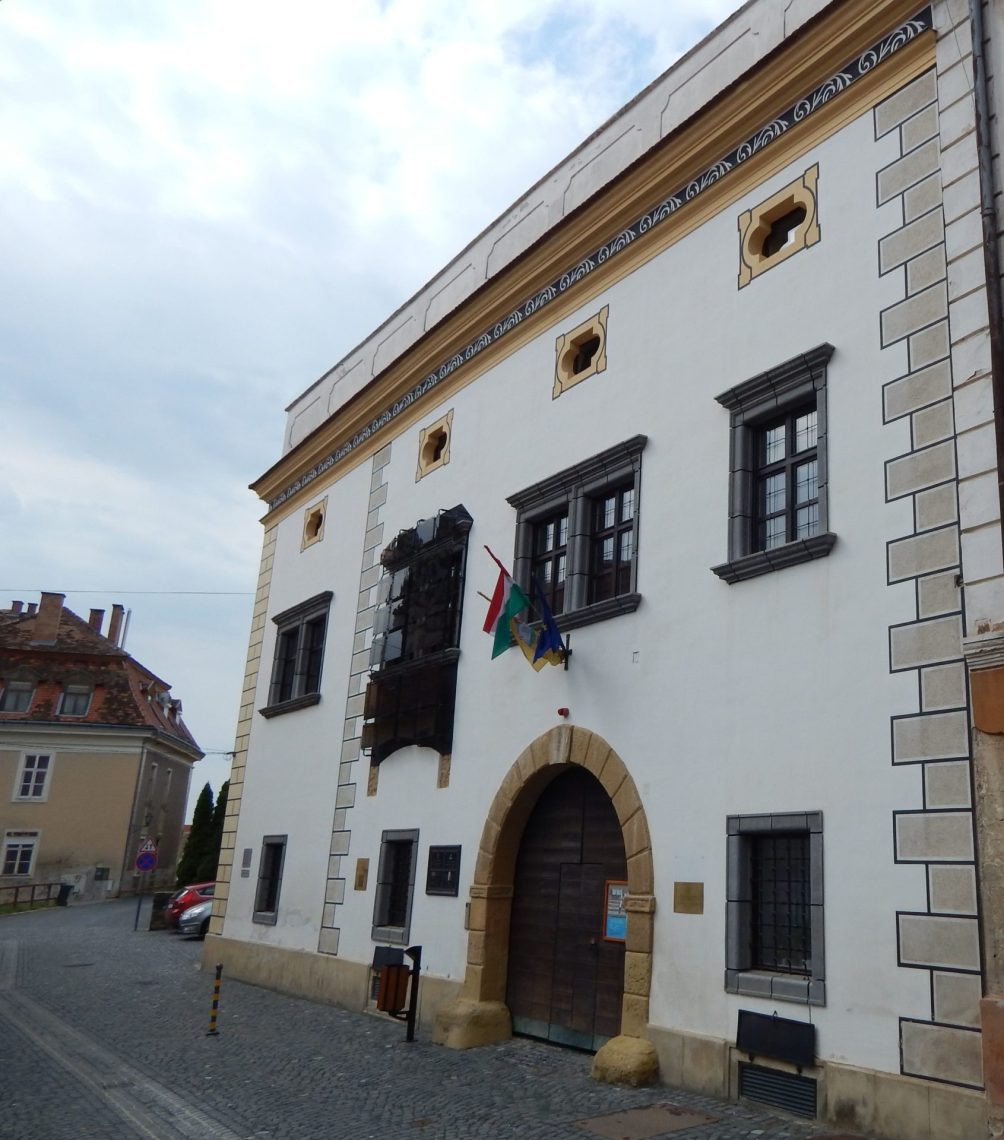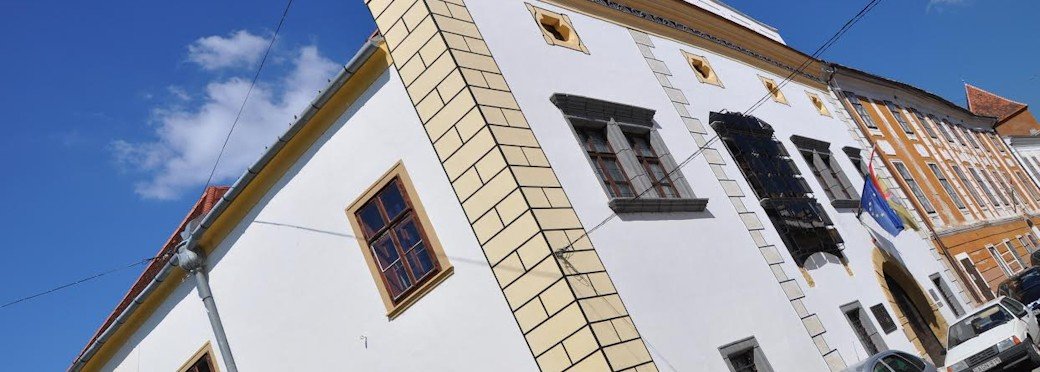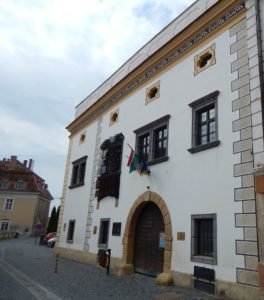Research & Studies


The former Svetics House, later Sigray House, is of medieval origin, decorated in the 17th century with Renaissance and later Baroque elements. It was once the home of the “republican count”, the director of the Society of Reformers, James Sigray. He took part in the Martinovich conspiracy and was sentenced to death and executed on the Field of Blood. The Sigray family, always loyal to the court, tried to erase his name from historical memory, and at the specific request of his descendants, his name was still erased nearly a hundred years after his death.
Over the centuries, the Svetics-Sigray Palace on Chernel Street (now 14 Chernel Street) has been the scene of a variety of activities, not least the idea of the writer Sándor Tatay, who ran a graphic design studio in the house when he was twenty-three. As he says in his autobiographical novel, The Age of Rattles (1977), he was struggling to make a living, which is why he took this strange step. The successful venture was run under the name of Abu Gaddha, the ‘world-famous oriental master’, and Tatay advertised himself as a disciple of the master, the only one in Europe to apply what he called the famous Contextual Psychoanalytic Method.
Also linked to the palace was a strange British woman, the wife of diplomat Jenő Miske-Gerstenberger. Gerstenberger (1886-1946) was one of the owners of 14 Chernel Street, and during his diplomatic career, he worked in Vienna, Warsaw, Trieste, Munich and finally Istanbul, in the latter three places as Consul General. However, the activities of his British-born wife, Mary Allison-Walters (alias Fruit), led to a huge scandal. Mary Allison-Walters also acted as a courier for the SOE (Special Operations Executive), which was set up in July 1940, using her husband’s position as consul in Istanbul. The service made repeated use of Fruit’s work, but she was discovered in the spring of 1942. Sentenced first to death and then to life imprisonment, she was released a year and a half later on a prisoner exchange.
 The building has been rebuilt several times over the centuries. The façade was renovated in 1964, and the current façade was restored in 1987.
The building has been rebuilt several times over the centuries. The façade was renovated in 1964, and the current façade was restored in 1987.
Since 1995, the building has been home to the House of Europe Association, which, in addition to organizing education, summer schools, scientific and cultural programs, has been committed to promoting the values of European culture and science and to fostering European integration
Since 2015, it has been the headquarters of the Institute of Advanced Studies Kőszeg (iASK).
© 2017-2023, All Rights Reserved